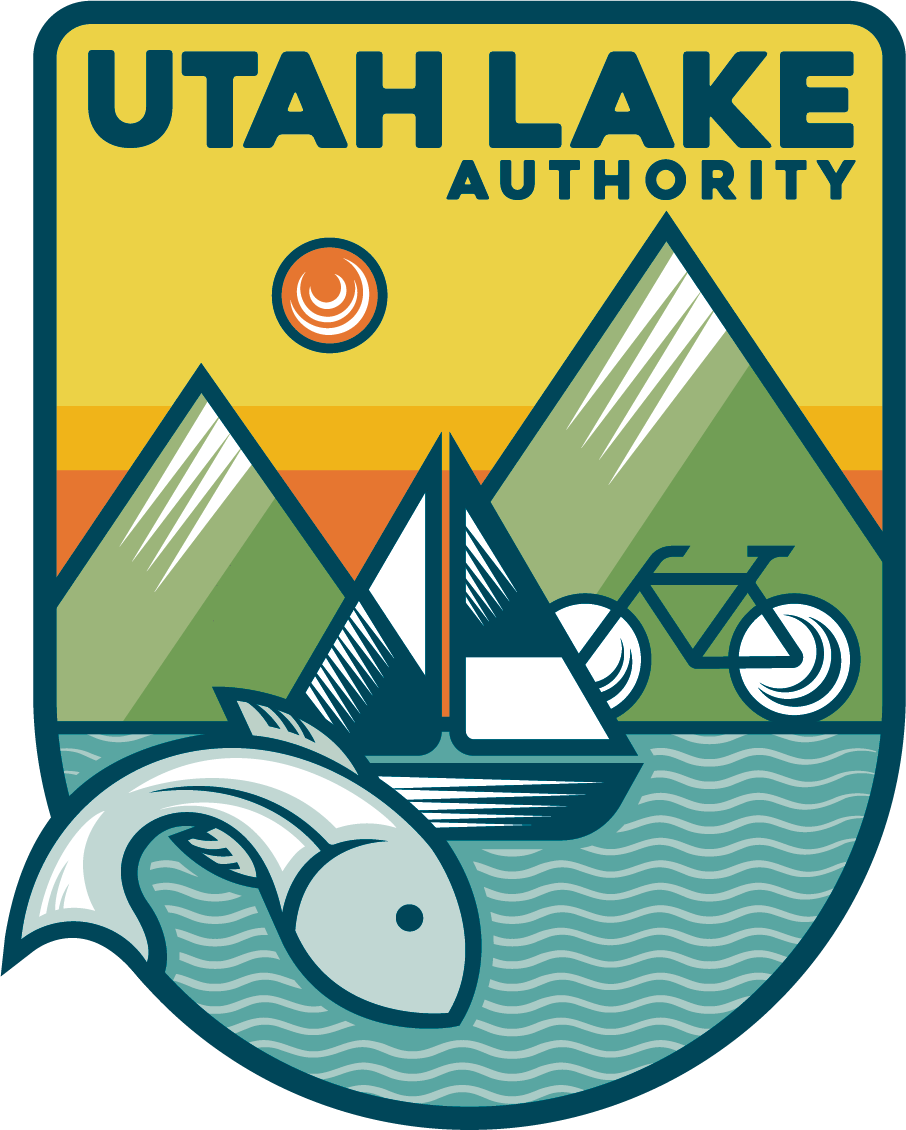Four years ago, 21 area governments — including neighboring municipalities of Utah County, the Department of Natural Resources, and the great state of Utah — created the Utah Lake Commission. Its goal: To help promote, inform, sustain, and protect the Lake.
How have they done so far? Utahlake.gov recently spoke with Commission Executive Director Reed Price, pictured at right, to find out.
Utahlake.gov: Since the creation of the Utah Lake Commission, what accomplishments are you most proud of?
Reed Price: Four come to mind. We created a long-term blueprint (aka Master Plan) to help promote, preserve, and maintain the lake. We also created a model ordinance for communities to use, which when approved will ensure appropriate development along the shoreline. We’ve demonstrated the ability to remove phragmites along the shoreline to help restore it. And I feel our efforts have helped increase public awareness of the value of Utah Lake (i.e. lake festival, fourth grade curriculum, utahlake.gov, etc).
Is there anything you hoped to accomplish by now but haven’t been able to?
It is certainly a marathon we are running. The economy has made it difficult for us to find or help other members find funds to accomplish specific tasks. And we would like to restore the shoreline quicker; our hope is to restore areas important to recreation and close to homes within the next ten years. Additionally, there has been no action on extending the lake trail, but we hope to revisit it once the economy picks up. Specifically, we hope to work with the county to connect the Jordan River and Provo River parkway trails. Within the next year, we want all shoreline communities to have adopted the shoreline ordinance mentioned above within the next year. We also hope that the boundary dispute between the state and some land owners adjacent to the lake will be solved soon.
What’s next for the commission and how can the community get involved?
Continue moving forward with the projects we currently have to restore the shoreline and educate the public. We will assist in the review of the current bridge proposal. We will encourage other agencies and stakeholders to address goals that are their responsibility, such as developing existing access points and creating new ones. We will continue working with the JSRIP to remove carp. We want 75% removed within the next seven years.
The most important thing lake enthusiasts can do is to support the things we’re trying to do by letting us know, letting local elected officials know, and giving us ideas of how we can improve the lake—along with potential funding options.

